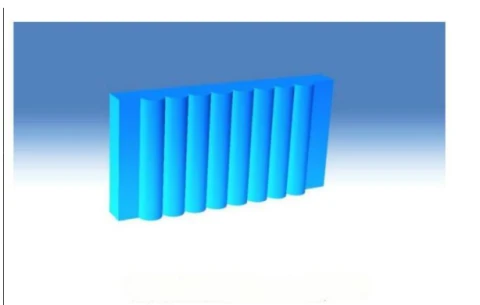Description
Cylindrical Microlens Array
Coligh’s cylindrical micro-lens arrays feature cylindrical sub-lens shapes, with each micro-lens being a cylindrical lens arranged in a one-dimensional direction to form a cylindrical micro-lens array. The cylindrical shape is used for slow-axis collimation, one-dimensional beam homogenization and collimation, straight-line marking, beam shaping, and slow-axis collimation of semiconductor lasers, among other applications.
Sub-lens shape: Cylindrical
Lens arrangement: Single-sided, linear arrangement
Lens type: Refractive, plano-convex
Pitch accuracy: ±1 μm
Cylindrical Microlens Array
Specifications
| Material: | Not Specified |
|---|---|
| Grid Shape: | Not Specified |
| Effective Focal Length (EFL): | 0.04 mm |
| Lens Pitch: | 0.025 mm |
| Array Width: | 15 mm |
| Array Height: | 15 mm |
| Array Thickness: | 1 mm |
Features
Cylindrical Microlens Array Product Features:
- We use photolithography and etching technology
The materials are fused quartz and silicon. Fused quartz performs well in the range from UV to IR, and has high thermal and chemical stability, which is very suitable for the use of high-power lasers. Single crystal silicon has high transmittance in the infrared and high thermal conductivity, which is very suitable for applications from near-infrared to infrared. - Our standard cylindrical microlens array hosts array sizes ranging from a few rows and columns to large-area arrays.
- The standard cylindrical microlens array lens subunit aperture ranges from 25um to 1000 microns, which can meet different needs from microstructure imaging to high-power shaping
- Effective teaching aids range from 0.04mm to 200mm, which can meet both short-range imaging and long-range collimation needs.
- Multiple wavelength designs, classic wavelengths 632.8nm, 970nm, 1550nm, 405nm, 976nm, 800nm, 532nm, 308nm, from UV 0.308um to 1.55um bands, there are off-the-shelf products, which can support multiple spectral systems from UV/VIS/NIR/IR
We support flexible customization services, size, focal length, wavelength, array arrangement, etc. can be customized according to customer needs
Applications
Cylindrical Microlens Arrays Applications:
- Homogenization and collimation of beams in one direction: In high-power laser or LED lighting, cylindrical microlens arrays can homogenize or collimate the beam in one dimension to form a uniform strip spot or collimated straight beam, improving the consistency of the beam
- Line marking: Cylindrical microlens arrays can transform point-shaped lasers into a thin, clear light line, so that they can be automatically aligned, centered, and guide line cut in the marking system to assist in surface detection
- Beam shaping: Cylindrical microlens arrays can linearly expand and linearly homogenize Gaussian beams to achieve controllable spot shapes, such as linear, square, or uniform bands, which are particularly suitable for picosecond/nanosecond laser processing
- Collimation in the slow axis direction of semiconductor lasers: Cylindrical microlens arrays can collimate the divergence angle of semiconductor lasers on the slow axis, compress the beam in the slow axis direction, and form a collimated straight beam, which can improve the output efficiency of the laser module
Similar Products
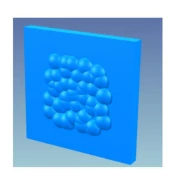
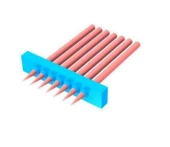
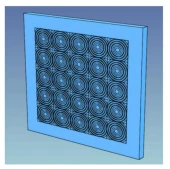
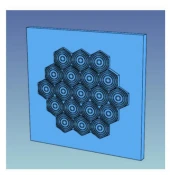
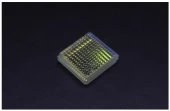
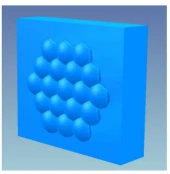
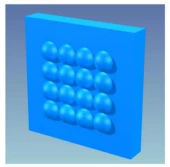
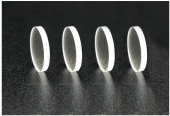
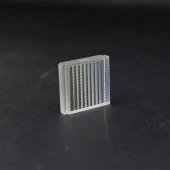
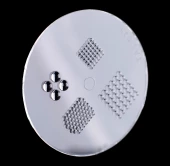
Your inquiry has been received.
Create an account by adding a password
Why create an account?
- Auto-complete inquiry forms
- View and manage all your past messages
- Save products to your favorites
- Close your account anytime — no hassle
